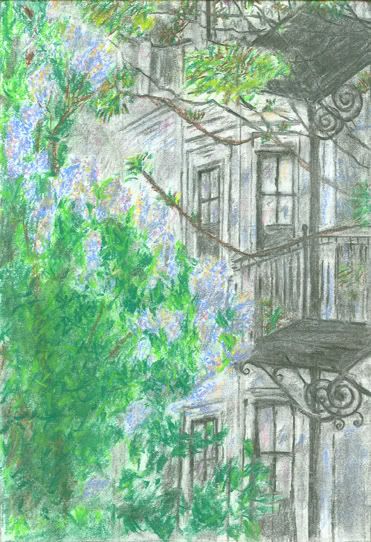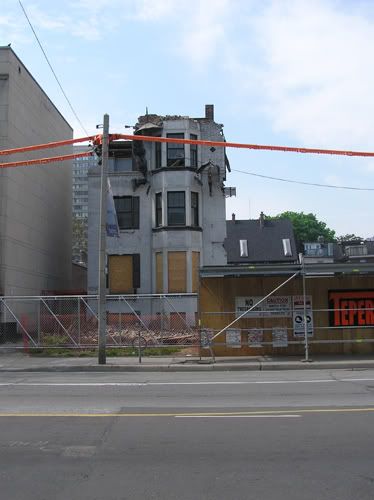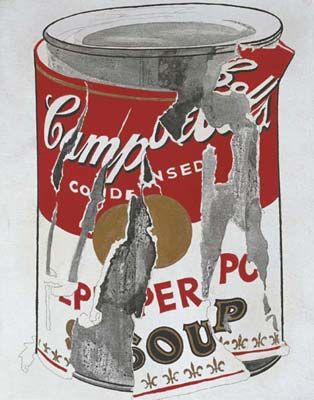 |
I was struck by this beautiful stone house late last spring. There were a lot of contrasts that attracted me: the light grey walls with the dark outlines around the windows, the lilac bush's spontaneity and curvature alongside the rigid architecture of the building, the swirls under the balconies contrasted with the railings. Besides, it looked like a great study on dark charcoal drawing against a more colorful pastel palette.
After taking numerous photos, at various angles, I managed to come up with this cropping that seemed to work.
 |
Here is the end result.
 |
Yet, this year, while I walked along the street (Gerrard Street, just blocks away from Yonge), I came to this shocking discovery! The house was being demolished. And the beautiful lilac trees were gone.
 |
I guess you can call it an early intuition. But, I'm very glad I took the time to make some kind of recorded memory of this understatedly beautiful house and its lovely lilac trees.
Makes one wonder though, who gets to decide which building stays, and which one goes. I assume that the empty space will soon be filled by a bland high rise.



